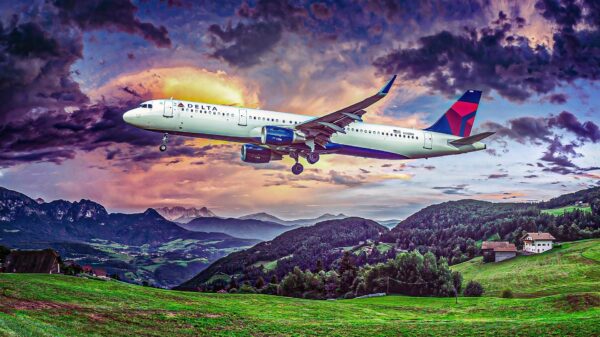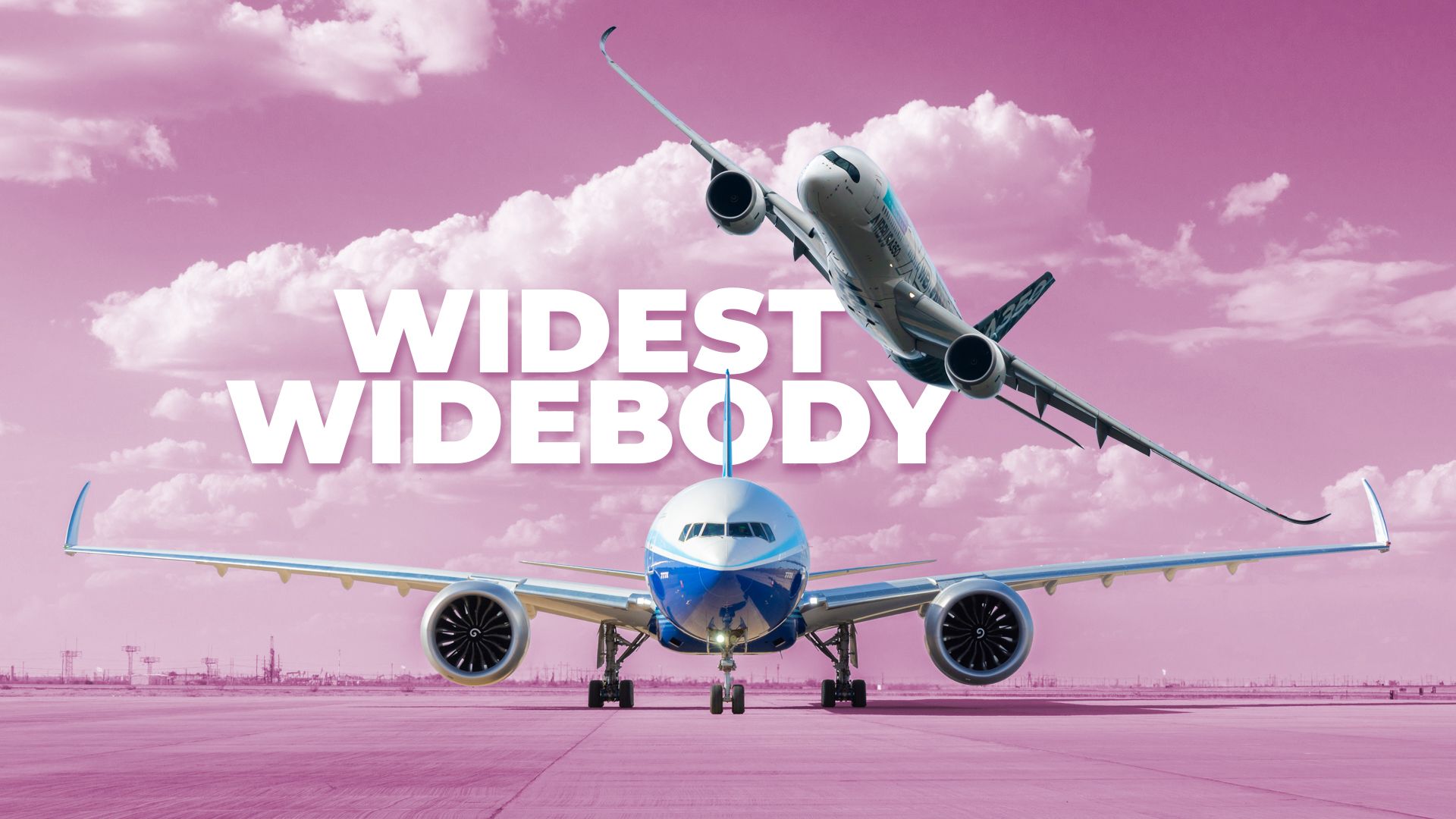In a significant move within the aviation industry, Boeing has redefined the competitive landscape with its new 777X aircraft, effectively challenging Airbus’s long-held dominance in the widebody market. The 777X, which boasts a cabin that is four inches wider than the popular 777-300ER, aims to enhance passenger comfort and experience, building on the success of the A350, marketed by Airbus as the eXtra Wide Body (XWB).
Airbus had positioned the A350 as the most spacious twinjet, promoting its wider cabin and modern features. However, Boeing’s introduction of the 777X demonstrates a commitment to innovation. With advanced folding wingtips, new GE9X engines, and various interior enhancements, the 777X is now poised to attract significant interest in the global aviation market.
Understanding the Importance of Cabin Width
Cabin width is often overlooked, yet it plays a critical role in passenger comfort during long-haul flights. The extra four inches in the 777X provide airlines with greater flexibility in their seating configurations. This allows for wider economy seats or more spacious premium layouts, which can significantly enhance the flying experience. For passengers, this translates into reduced shoulder contact and easier access to aisles—a vital consideration on flights lasting from 12 to 17 hours.
The response from the market has been enthusiastic, with over 350 firm orders for the 777X from major airlines including Emirates, Lufthansa, and Qatar Airways. In contrast, the A350 has already established a strong presence, with over 570 aircraft in service across more than 40 airlines worldwide, creating a competitive environment that extends beyond just cabin design.
Redefining Passenger Experience
Boeing recognized that width alone would not secure victory in the widebody aircraft competition. Therefore, it collaborated with design consultancy Teague to transform the cabin experience from the passenger’s perspective. The result is a series of thoughtful design improvements aimed at minimizing stress and fatigue during long trips.
One notable enhancement is the introduction of larger windows, measuring 162 square inches per window compared to the A350’s 125 square inches. These larger windows not only provide improved views but also allow more natural light into the cabin, which can help elevate mood and reduce jet lag. The cabin lighting system has also been upgraded to simulate various phases of daylight, aiding passengers in adjusting to new time zones.
In terms of noise management, both aircraft have made strides, yet the 777X’s quiet engines and improved sound insulation create a more serene environment, further enhancing overall passenger well-being.
Boeing’s design changes extend to practicalities such as overhead storage. The 777X features redesigned storage bins that can accommodate up to four standard roller bags per compartment, effectively doubling the capacity of previous models. This innovation addresses a common source of frustration during boarding and enhances the overall travel experience.
The focus on passenger comfort is evident in the 777X’s ability to offer 10-abreast seating more comfortably than its predecessors, positioning it as a competitive alternative to the A350’s nine-abreast standard. Airlines can now market the 777X as an equally comfortable option for long-haul routes, appealing not only for its comfort but also for its economic advantages, as it allows for greater passenger capacity.
As the competition between Boeing and Airbus intensifies, both manufacturers are expected to adapt and innovate. Airbus may respond with upgrades to its A350, while Boeing continues to refine the 777X based on feedback from airlines and travelers.
The emerging rivalry between these two aviation giants suggests a promising future for passengers, who stand to benefit from wider seats, quieter cabins, and enhanced amenities. As the industry evolves, the focus on cabin design and passenger experience will undoubtedly shape the future of air travel.







































































